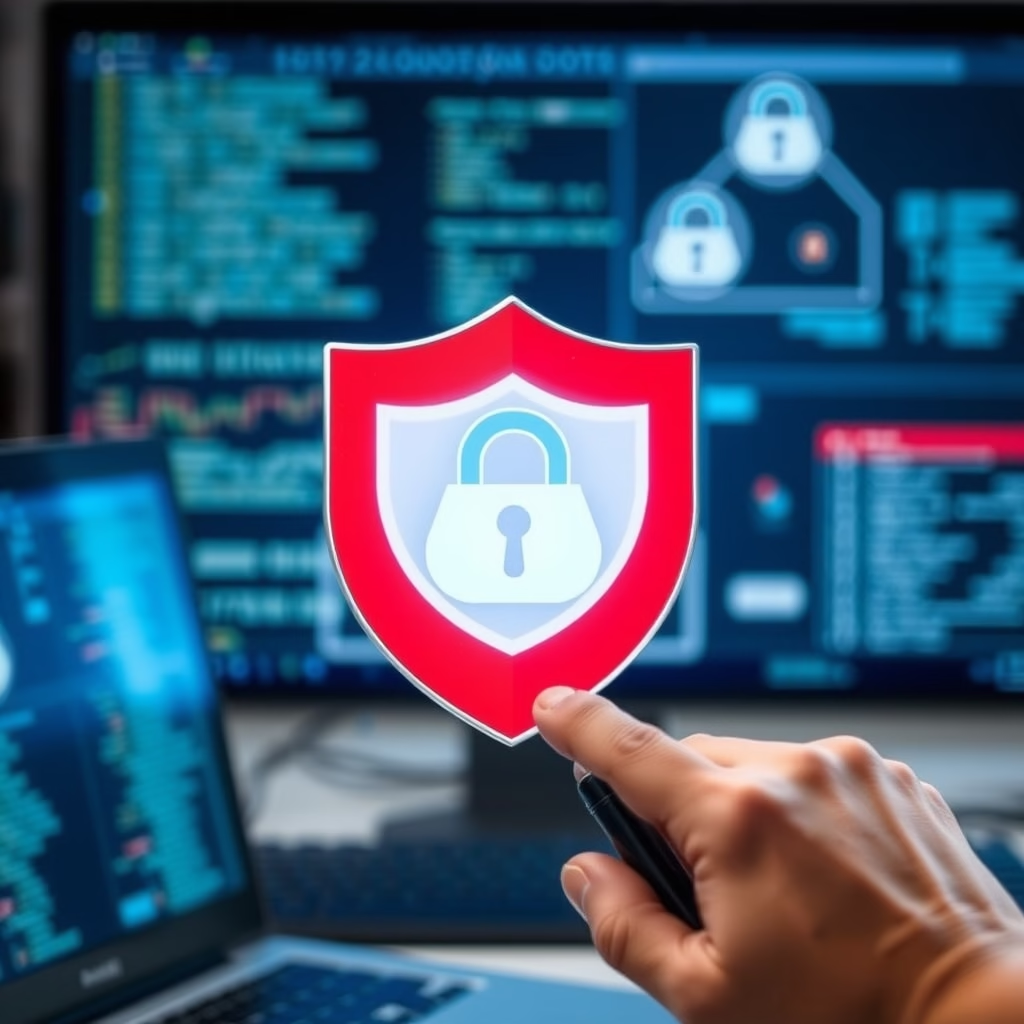How Can You Protect Your Home Computer?

How Can You Protect Your Home Computer?
In today’s digital age, protecting your home computer is more crucial than ever. With increasing threats from malware, viruses, and hackers, having a robust security strategy can make all the difference. This article will provide you with essential tips and best practices to safeguard your personal computer.
1. Keep Your Software Updated
One of the simplest yet most effective ways to protect your home computer is to ensure that all your software is up to date. Software updates often come with important security patches that fix vulnerabilities.
- Operating System: Regularly update your operating system (Windows, macOS, etc.) to the latest version.
- Applications: Update applications like web browsers, antivirus programs, and other software regularly.
- Drivers: Don’t forget about your hardware drivers; outdated drivers can present security risks.
2. Install a Reliable Antivirus Program
Having a reliable antivirus program is essential for protecting your computer from harmful threats. Look for software that provides:
- Real-time Protection: This feature scans files and websites continuously, blocking potential threats.
- Regular Scans: Set your antivirus to perform regular scans of your system to detect any malicious software.
- Web Protection: Ensure the software can protect you while browsing the internet, blocking suspicious websites.
3. Use Strong Passwords
Your passwords are often the first line of defense against unauthorized access. Use the following tips to create strong passwords:
- Complexity: Combine uppercase and lowercase letters, numbers, and symbols.
- Length: Aim for at least 12-16 characters to enhance security.
- Unique Passwords: Never use the same password for multiple accounts; consider using a password manager.
4. Enable Firewall Protection
Firewalls act as a barrier between your computer and potential threats from the internet. Make sure to:
- Check Your Settings: Ensure that the built-in firewall on your operating system is activated.
- Consider a Hardware Firewall: If you’re particularly concerned about security, consider investing in a hardware firewall.
5. Be Wary of Phishing Scams
Phishing scams can trick you into giving away personal information. To avoid falling victim, remember:
- Do Not Click Links: Be cautious about clicking links in emails or messages from unknown sources.
- Verify Requests: If an email claims to be from a legitimate company asking for personal information, contact them directly to verify.
6. Backup Your Data Regularly
No matter how well you protect your computer, there is always a risk of failure or data loss. Regular backups can protect your important files. Follow these practices:
- Use External Drives: Backup your files on an external hard drive or USB flash drive.
- Cloud Storage: Consider reliable cloud storage options to automatically save your data online.
Conclusion
Protecting your home computer is a continuous effort that involves multiple strategies. By keeping your software updated, installing reliable security programs, using strong passwords, enabling firewall protection, being cautious of scams, and regularly backing up your data, you can create a safer digital environment. Embrace these practices to enjoy a more secure computing experience.






